The history of Halloween begins with the pagan holiday of "Samhain" and continues to the arrival of immigrants in the U.S. Learn about its origins here. Two thousand years ago the Celts occupied the area that is now Ireland, all of the United Kingdom, and northern France...
1. The Ancient Celtic Origins of Halloween
The ancient Gaelic festival of Samhain (pronounced "sow-in") marked the ending of harvest, and the beginning of winter, their New Year, and the darker half of the year. The Celts associated winter with the death that comes before renewal, and believed that the on the night before their new year the boundary (veil) between this world and the dead (Otherworld) was thinnest.
On this night the spirits of the dead could cross over and interact with the living once more. The people would light bonfires and wear costumes, typically made from animals heads and skins, to ward of the malevolent spirits threatening their crops.
2. Cultural Appropriation and Coming to America
,"12":0}'>Group of Halloween party goers, early twentieth century. Transcendental Graphics/Getty Images" link="www.gettyimages.com/license/524269823"]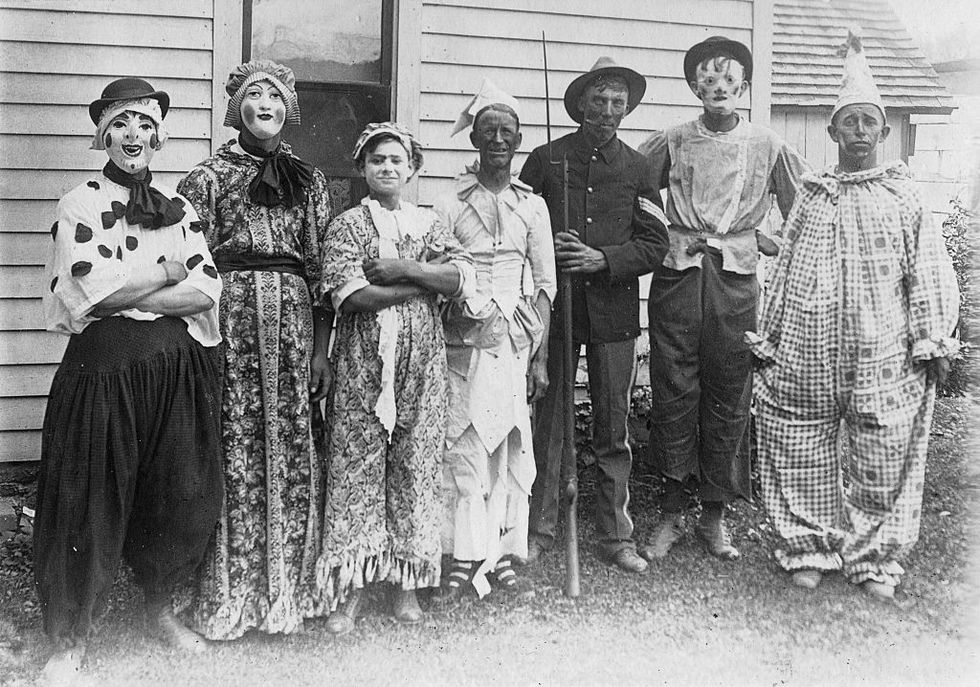
In the 18th century, Pope Gregory III designated November 1 as the religious holiday All Saints Day, co-opting and incorporating many Samhain traditions. The evening before became known as All Hallows Eve, which eventually was shortened to Halloween. Later in the 19th century, Irish immigrants brought their celebration of Halloween to the United States, leading to its national popularity.
Borrowing from Irish and English traditions, particularly from the families giving "soul cakes" to the begging poor during England's All Soul's Day parades, Americans began to go door-to-door while in costume, asking for money or food. This became today's "trick-or-treating."
Cultural movements in the late 19th and early 20th centuries sought to curb vandalism by pranksters, as well as make Halloween more secular and less about the pagan beliefs that once inspired the holiday.
3. Halloween Is the Second Largest Commercial Holiday
Today, Halloween is the country's second largest commercial holiday after Christmas. In the past 3 years, Americans have tripled the amount they spend on Halloween - primarily on costumes, decorations, candy. In fact, one quarter of all candy sold in the United States is for Halloween.

The National Retail Federation has some staggering statistics regarding this year's Halloween spending expectations:
- 179 million Americans plan on participating
- $9.1 billion is expected to be spent (up 8.3% from last year)
- $3.1 on costumes alone
- $2.7 billion on candy
- Action and superhero costumes most popular with children
- Witch costumes most popular for adults
- 16 percent will dress pets in costumes
Read more: Halloween Was Once So Dangerous That Some Cities Considered Banning It
Please SHARE this with your friends and family.


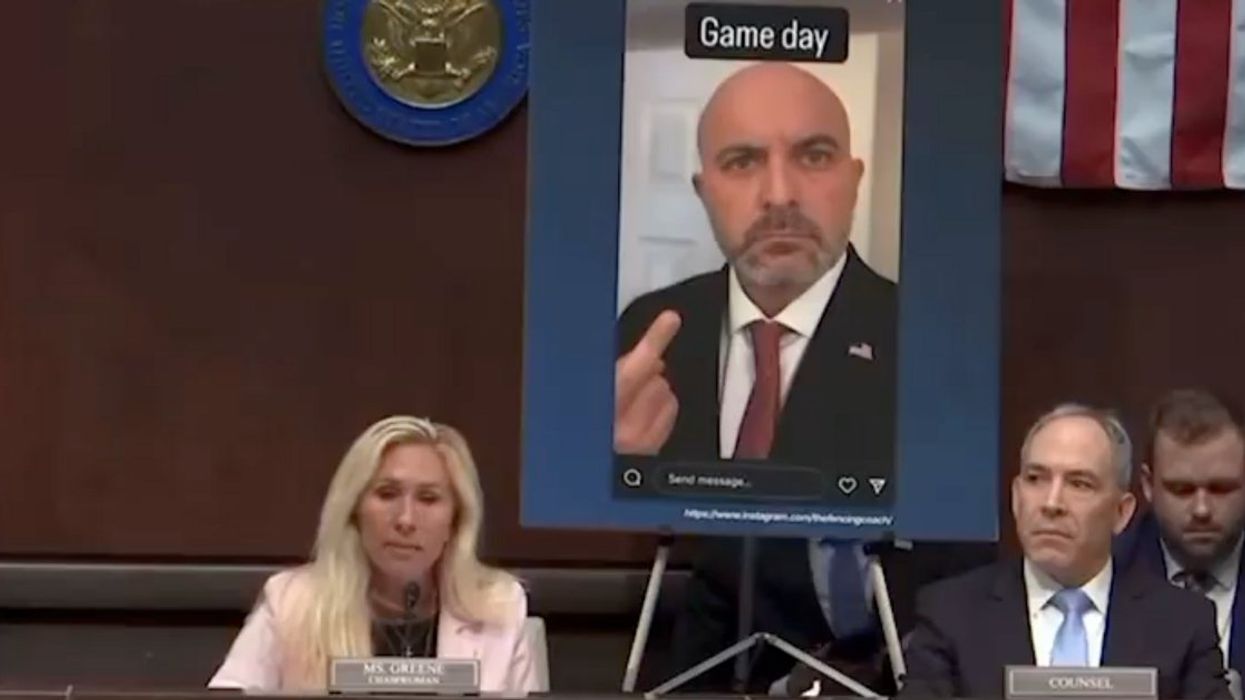


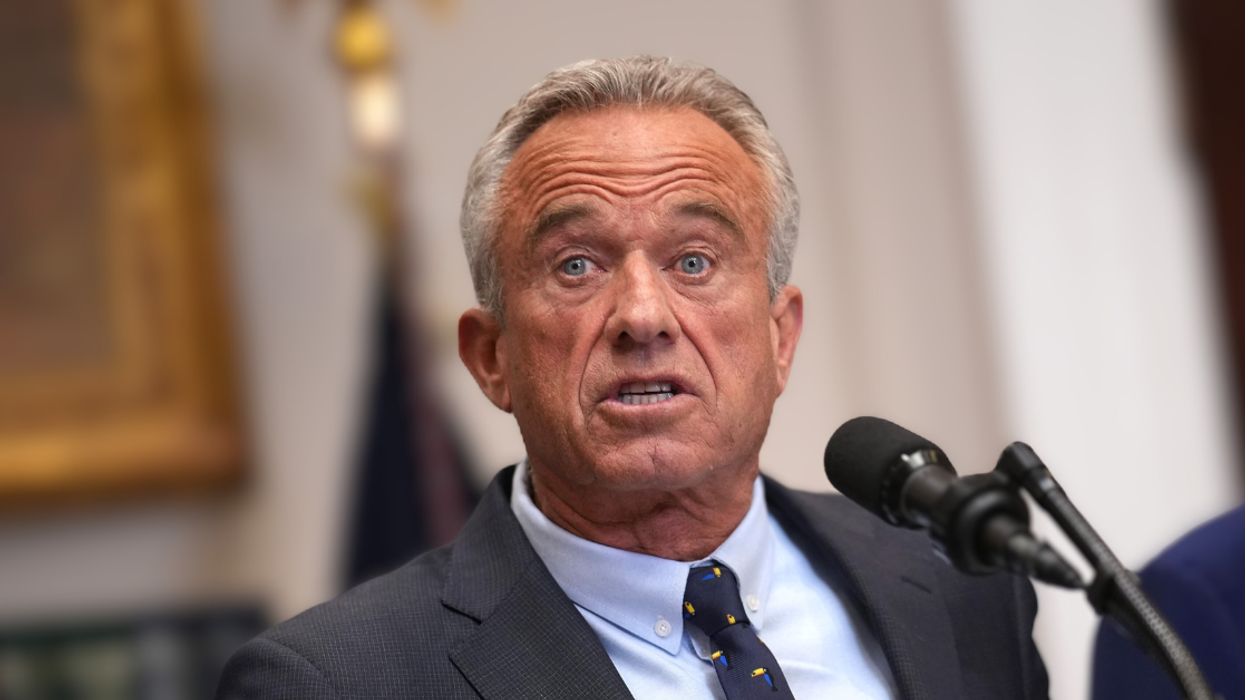
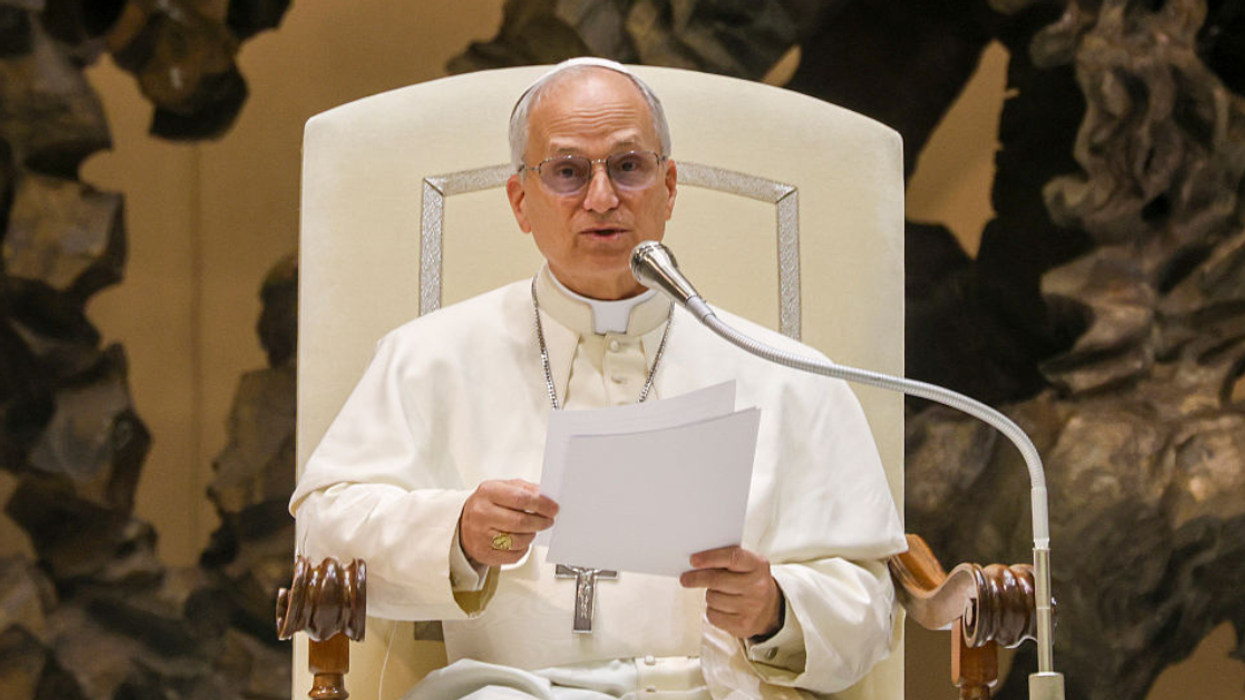
 Steve Morrison/Facebook
Steve Morrison/Facebook
 Joanna Mains/Facebook
Joanna Mains/Facebook
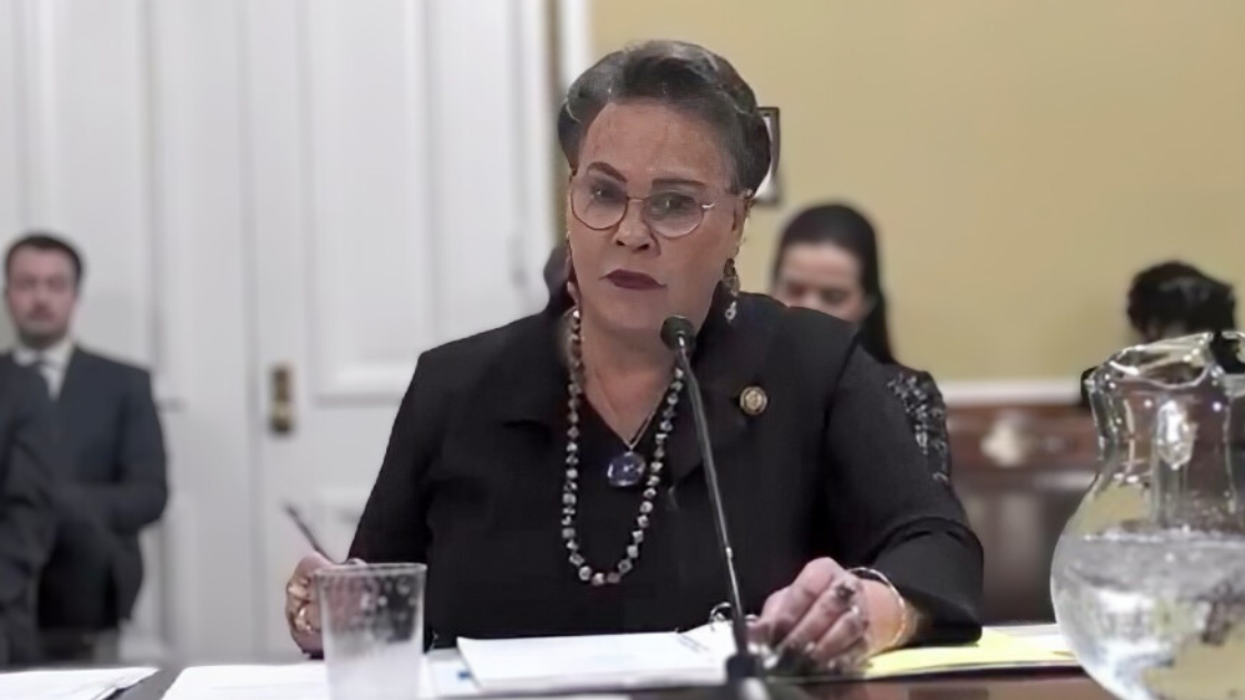

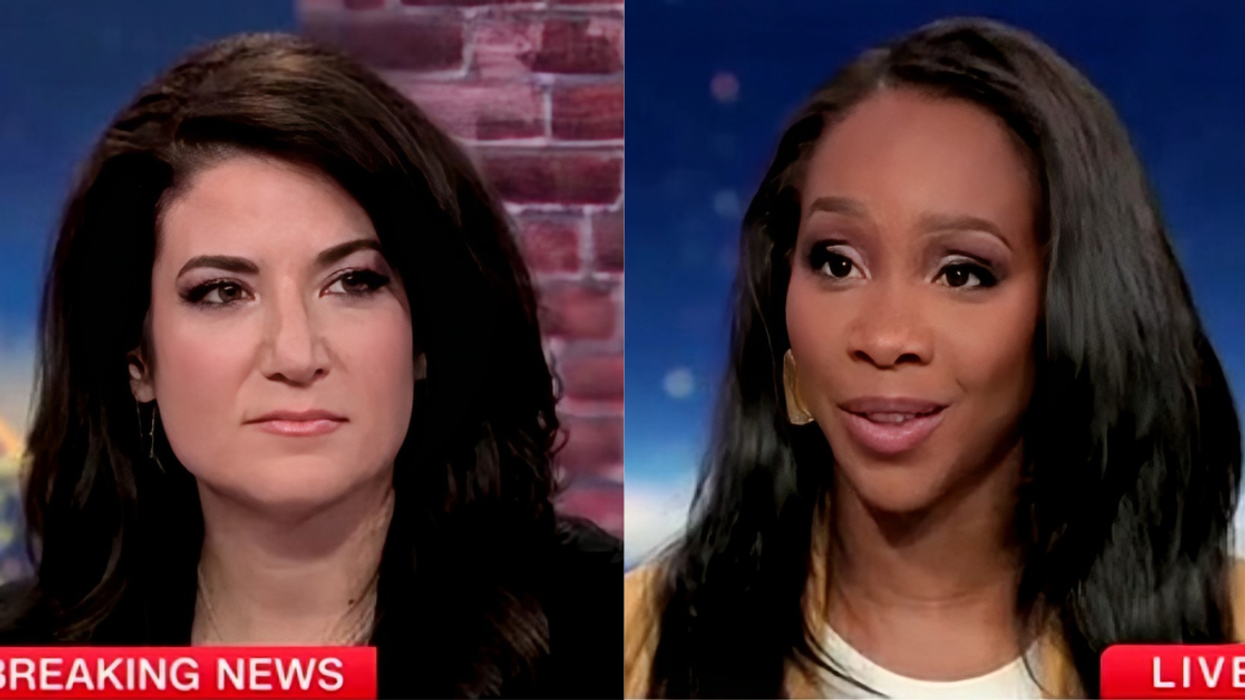
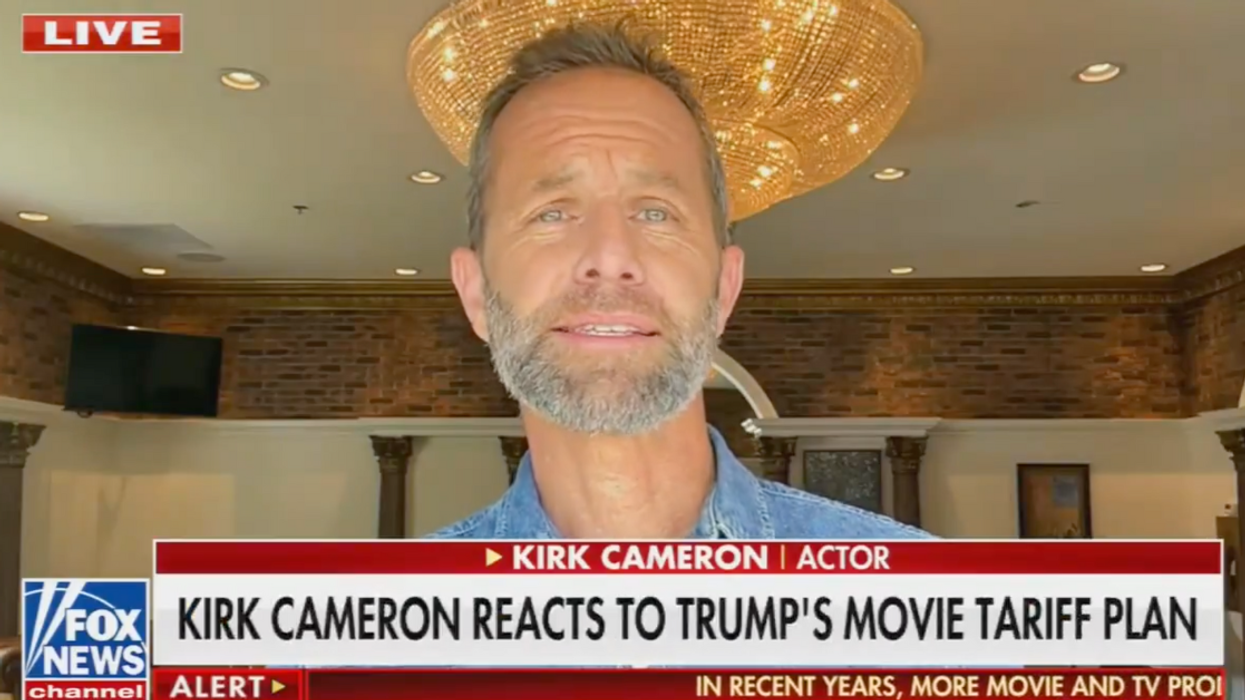
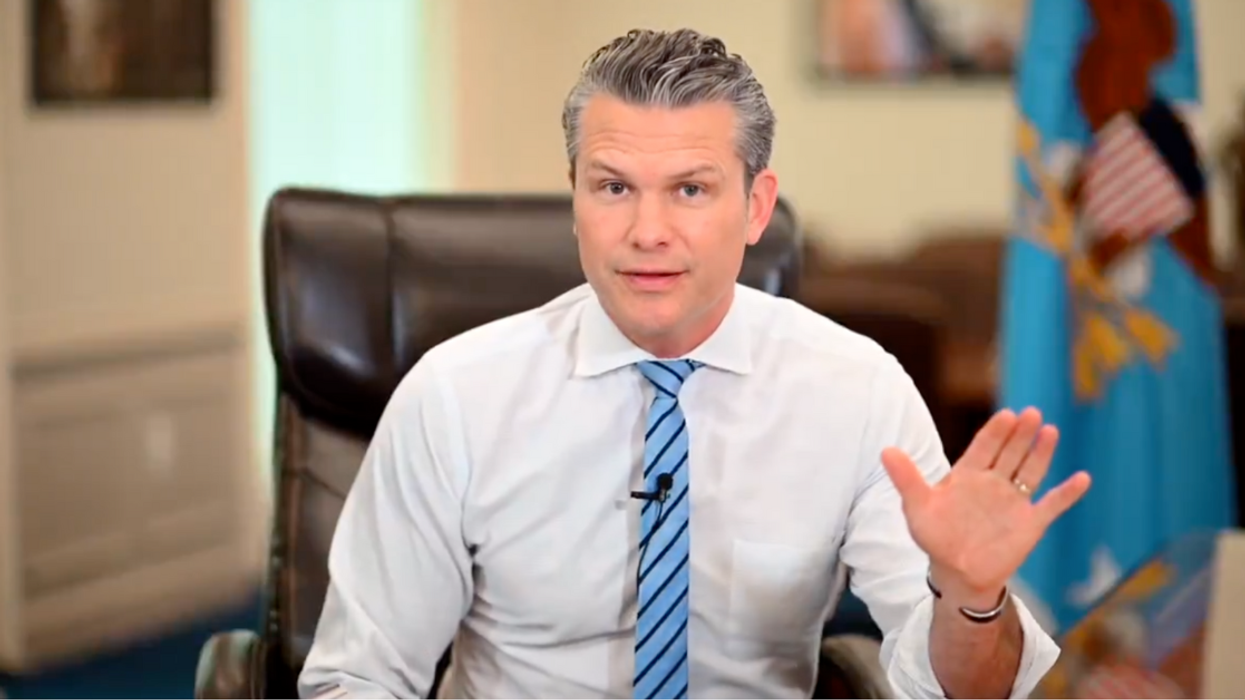
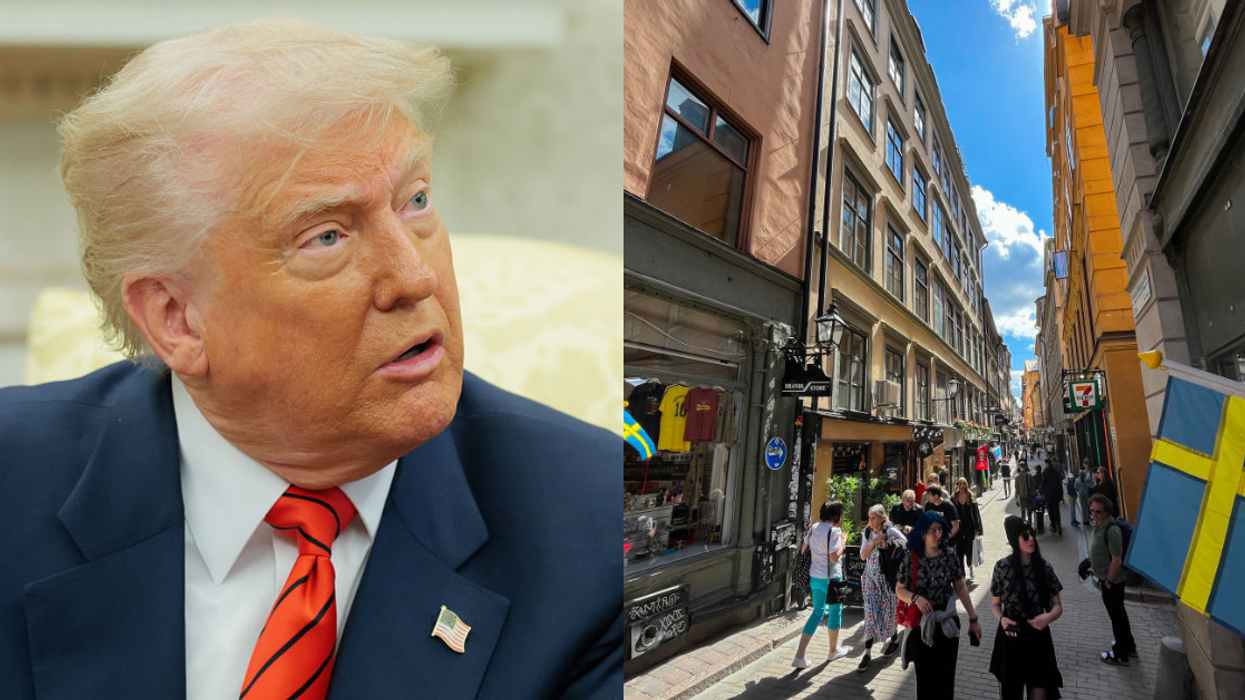

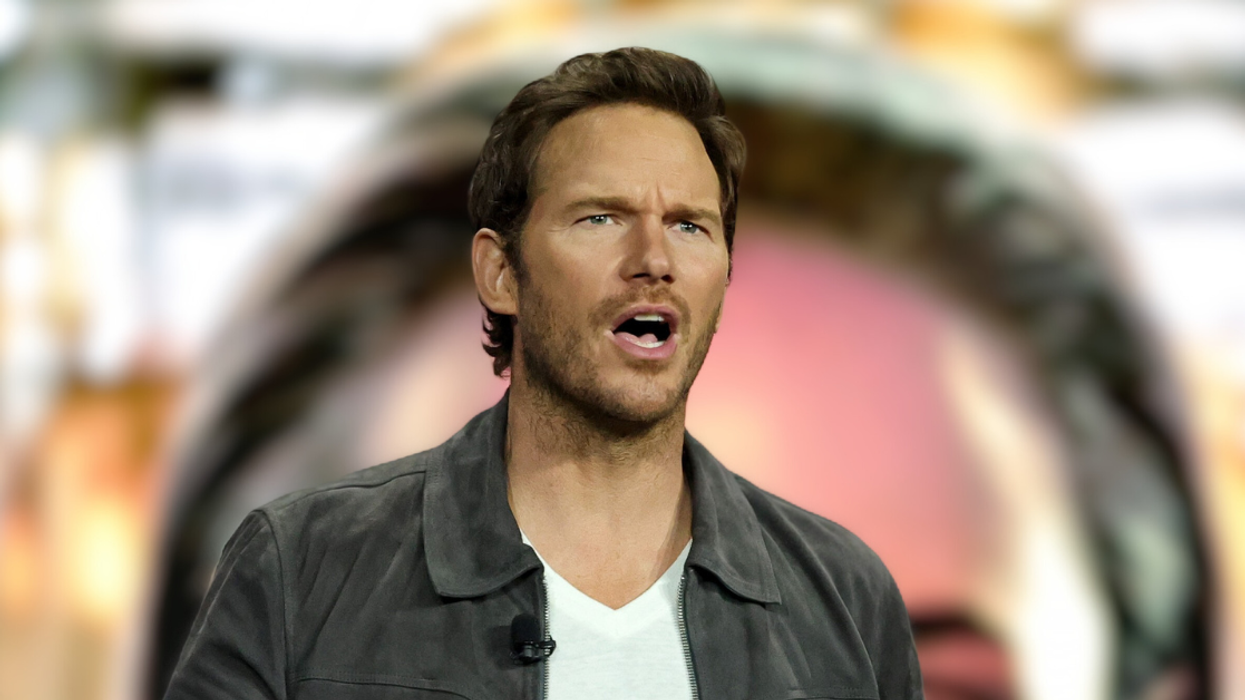
 @prattprattpratt/Instagram
@prattprattpratt/Instagram
 @prattprattpratt/Instagram
@prattprattpratt/Instagram
 @prattprattpratt/Instagram
@prattprattpratt/Instagram
 @prattprattpratt/Instagram
@prattprattpratt/Instagram
 @prattprattpratt/Instagram
@prattprattpratt/Instagram
 @prattprattpratt/Instagram
@prattprattpratt/Instagram
 @prattprattpratt/Instagram
@prattprattpratt/Instagram
 @prattprattpratt/Instagram
@prattprattpratt/Instagram
 @prattprattpratt/Instagram
@prattprattpratt/Instagram
 @prattprattpratt/Instagram
@prattprattpratt/Instagram
 @prattprattpratt/Instagram
@prattprattpratt/Instagram
 @prattprattpratt/Instagram
@prattprattpratt/Instagram
 @prattprattpratt/Instagram
@prattprattpratt/Instagram
 @prattprattpratt/Instagram
@prattprattpratt/Instagram
 @prattprattpratt/Instagram
@prattprattpratt/Instagram
 @prattprattpratt/Instagram
@prattprattpratt/Instagram
